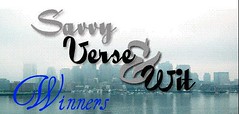
Ellie, who said, “This sounds like a realistic approach to the problems of substance abuse and the effects this illness has on relationships.”
Congrats to you. I hope you enjoy the book.
I’ll be a bit silent this week as I’m on vacation and the in-laws are in town. I hope everyone had a great week.
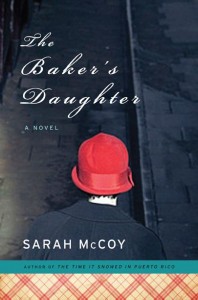



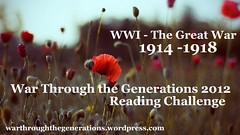


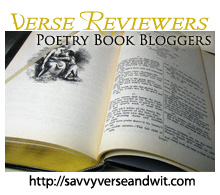
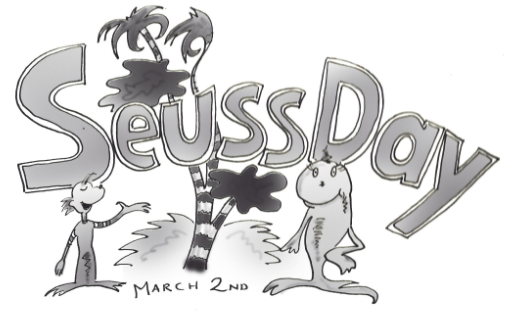

 About the Author:
About the Author: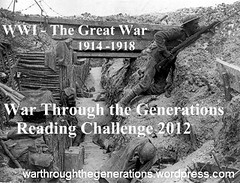 This is my 6th book for the WWI Reading Challenge.
This is my 6th book for the WWI Reading Challenge.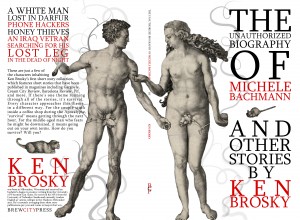
 About the Author:
About the Author:



